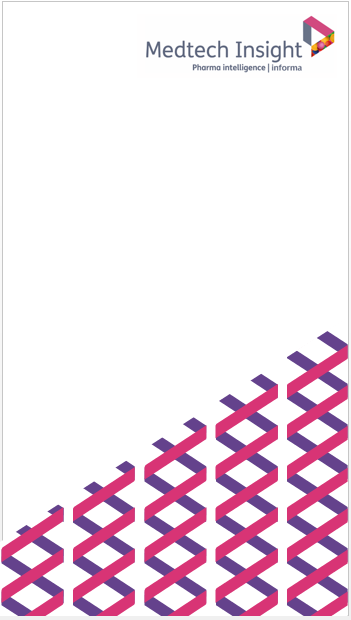Report Detail

Purchase Price: $4,750.00
Current and Emerging U.S. Markets for Myocardial Revascularization, Repair, and Regeneration Products and Therapies
Approximately 16.3 million adults in the United States (U.S.) suffer from coronaryheart disease (CHD), a type of cardiovascular disease that is associated with areduction in blood flow through the vasculature of the heart (ischemic heart disease).Classified under the umbrella of CHD are acute and chronic conditions such asatherosclerosis, angina pectoris, and myocardial infarction (MI). In the U.S., CHD is the greatest cause of death as well as the greatest cause of premature andpermanent disability in the labor force; CHD is responsible for more than 50% of all cardiovascular events in men and women younger than age 75, and for 1 of every5 deaths. The direct and indirect costs of heart disease in the U.S. totals approximately $190.3 billion each year; this includes the costs of cardiacdysrhythmias, cardiomyopathy, CHD, heart failure (HF), hypertensive heart disease, pulmonary heart disease, rheumatic heart disease, and other heart diseases/disorders. Coronary heart disease, chronic high blood pressure (hypertension), dysrhythmias, heart tissue-damaging cardiomyopathies, and heart valve abnormalities are allcontributors to the onset of HF, which remains a progressive disease with no cureshort of heart transplantation.
In patients with HF, the heart muscle (myocardium) gradually loses its ability to pump a sufficient volume of blood to meet the perfusion and metabolic needs of the body’s tissues and organs; the condition may be further defined as a complex clinical syndrome that may result from any structural or functional cardiac disorder that impairs the ability of the heart chambers to fill with oreject blood. Heart failure mainly affects the elderly, and the aging of the U.S. population is amajor factor driving the increasing prevalence of the disease. In 2010,approximately 6.6 million adults in the U.S. (or 2.8% of the adult population) had HF; it is estimated that by the year 2030, the prevalence of HF will increase by 25.0%,reaching approximately 9.6 million. As with CHD, HF management will consume agrowing share of U.S. healthcare resources for the foreseeable future. The directand indirect cost burden of HF in the U.S. totaled approximately $39.2 billion in 2010.
The great and increasing prevalence of myocardial diseases/disorders, such as CHD and HF, and the underlying abnormalities that contribute to their development, has prompted extensive research into the medical and/or surgical treatment of these conditions. Products and therapies for the treatment of myocardial diseases/disorders, which may be divided into broad categories that include those used formyocardial revascularization, repair, and regeneration, are the focus of this report.

